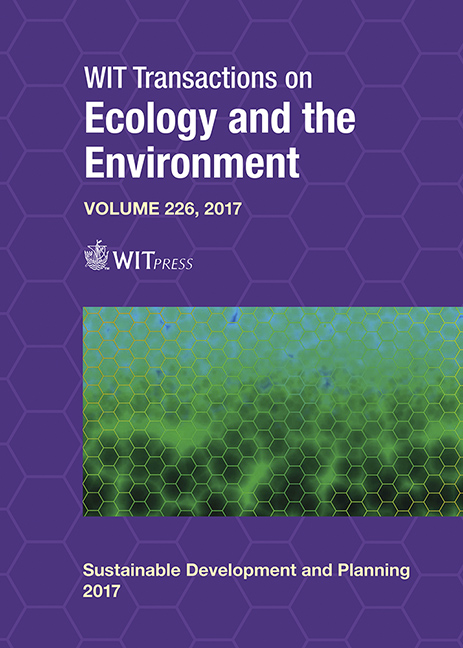ANALYSIS OF PEDESTRIAN MOBILITY FACTORS IN MANAUS, BRAZIL
Price
Free (open access)
Transaction
Volume
226
Pages
7
Page Range
635 - 641
Published
2017
Size
311 kb
Paper DOI
10.2495/SDP170551
Copyright
WIT Press
Author(s)
LUÍSA VITÓRIA MENDONÇA DO NASCIMENTO, JUSSARA SOCORRO CURY MACIEL
Abstract
Walking as a means of locomotion contributes to pedestrian health, traffic and, hence, the environment. In 230 cities surveyed worldwide, Manaus, in Amazonas, Brazil, is the 125th in the quality-of-life ranking according to global consultancy Mercer, presenting a deficiency in walking practices. Perhaps the reason is related to the lack of adapted public pavements in the peripheral areas of the city, blocked and irregular sidewalks, among others, generated by lack of planning or structure. In addition to structural problems, there is also the climate region issue, which at certain times makes it difficult to commute long walking distances due to high temperatures. Several cities have adopted foot mobility encouragement parameters, such as Portland, in Oregon, US, which has adopted an urban growth boundary, narrower streets and the encouragement of walking and bicycle use. As a result, automotive use was reduced, pedestrian pathways were improved or created, the life quality of the residents improved and the mortality rate decreased, contributing to cultural, social and economic aspects. This work aims to present aspects that make sidewalks difficult to use in Manaus and, according to this research, reveals the accessibility measures required for the observed problems, for fluidity, comfort and safety during the pedestrian’s journey. Considering these arguments, this study conducted bibliographic surveys and questionnaires with several pedestrianized areas of the cities, emphasizing social, physical, cultural and environmental factors. Through this research, problems were identified in relation to the structure, the carelessness of local residents and traders improperly situated on the sidewalks. With the data acquired, it was possible to elaborate a scheme with possible solutions that meets the needs of all citizens, with an appropriate lighting, accessibility, convenience and sustainability system.
Keywords
locomotion, pedestrian, sidewalks





